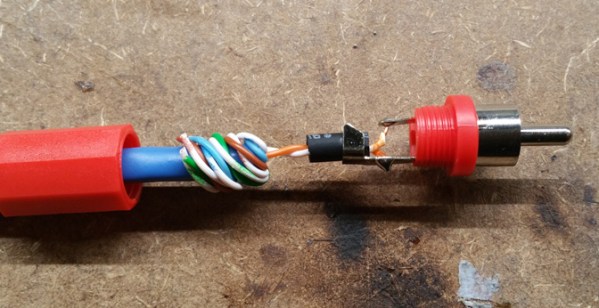Home electrical, it’s really not that hard. But when you’re dealing with the puzzles left for your by someone else things can get really weird. [Daniel’s] sister and her husband ran into this recently. The video demonstration of their fail includes a lot of premature laughter, but it’s worth hanging in there… you’ll quickly see why she can’t contain her amusement.
The project at hand is a replacing a bathroom fan with a simple light fixture. Once the swap was made the light switch works just as anticipated. But a second switch which used to control a different light now behaves strangely. It doesn’t activate the original light, but instead switches the new fixture. Even stranger is that the original switch apparently now acts as a bizarre dimmer when the second switch is on. That’s odd, but the coup d’état of the fail is when they plug in a hair dryer and switching it on illuminates the light but doesn’t activate the hair dryer.
As with all Fail of the Week segments, the goal here is not to criticize but to commiserate. What do you think is causing this? We can’t wait to see what you come up with. Posting simple diagrams is encouraged (you can use HTML img tags in the comments). Ladies and gentlemen, start your conjecture.
Continue reading “Fail Of The Week: Hair Dryer As Light Switch”



















